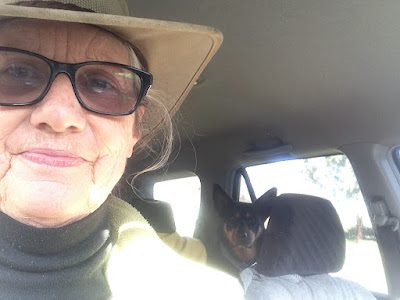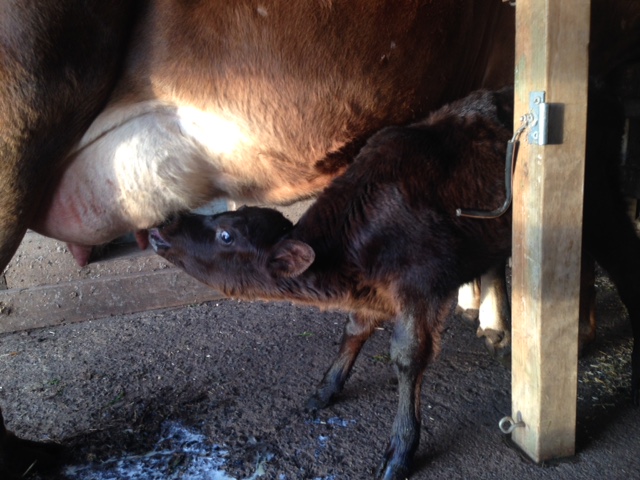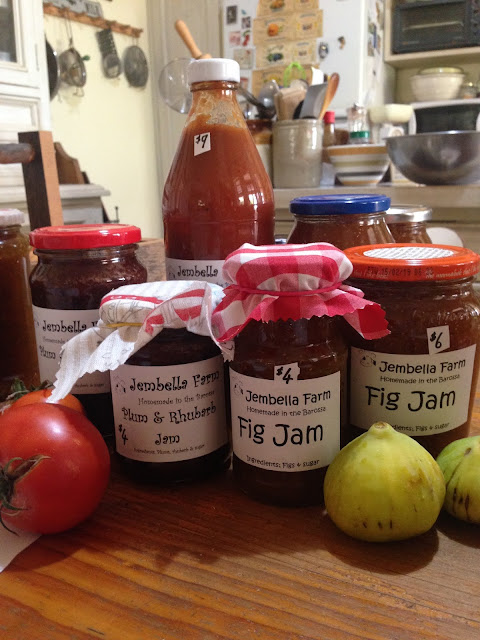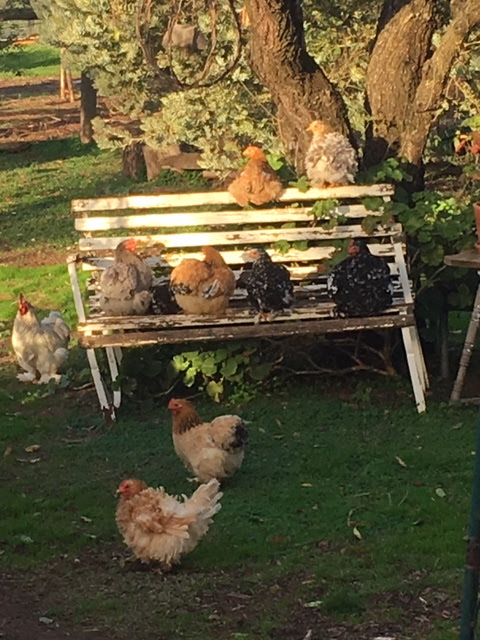It's been awhile since I wrote. The format on Blogger has changed, so I'm negotiating my way around this with my very limited computer knowledge. But challenges are good for us, so they say.
Hello again, after a whole year of no writing it's time to get back here. Well... actually the prompting from well meaning friends is giving me the impetus to push through this pain barrier.
Laptop on the kitchen table, the wood stove is cooking a leg of lamb from the sheep processing we did last week, and our state is going into lock-down again this evening.
There's no excuse that I don't have time to write.
Let's do this.
In briefly re-capping our year, I'll do a story with photos.
On Christmas Eve, our neighbor started a fire with his angle grinder which quickly enveloped a large portion of our grazing paddocks.
I ran up that hill from our house to move cattle out while Brian joined the throng of CFS trucks, water bomber planes and volunteer farm fire fighters who appeared out of nowhere.
The flames were right behind me as I moved the cows and a four hours old calf to safety.
After the flames were out we stayed awake all night, on watch, comforted by the flashing lights of CFS trucks full of volunteers working through the night.
They gave up their Christmas Eve to help us and the many other landowners who were affected.
The following day, Christmas Day, we had a very ill cow that required all of our attention and prayers.
A wonderful friend who is a vet came to our aid, and neighboring dairy friends supplied us with the medications required to treat her.
She was up and moving about, feeding her calf again by nightfall.
We had lost half of our grazing land, most of our fences, but there was much to be grateful about.
We didn't get a Christmas but we had a fridge full of Christmas food that sustained us in the following days of recovery, along with the many offers of help and condolences from community and friends far and wide.
The property where the fire began had been sold, the old owners were about to move out. The new owners came to our aid, allowing us to lease a section of their land adjoining our property. A life saver. Somewhere to put the cows. Another blessing.
I was feeding out hay to them in the wheelbarrow, six barrows a day and a distance of roughly five hundred metres across to the leased paddock.
We had talked about getting a small side by side with a tray on the back, for those times I need to get up the hill in a hurry and to cart hay and firewood, do paddock work etc.
Brian saw this for sale on Gumtree and we snapped it up.
All the summer things;
Beekeeper teaching and consulting.
Harvesting fruit and preserving.
Crushing grain for chickens and livestock in the grain crusher that he found in a friend's paddock.
It's older than me and took many hours of restoration, but it works beautifully.
Eight days post knee-replacement surgery in April.
I stayed in a hotel in the City while he was in hospital. I'd been looking forward to a break away from the farm but was itching to get back after three nights.
His recovery has been good with very little pain, and was back at work after ten weeks.
It was an excellent breeding season from September until April, with almost eighty chicks hatched to these Pekin hens. I sold most of the new hens when they were big enough to leave their mums.
In late April this hen disappeared and returned three weeks later with a dozen chicks.
In late April, one week after Brian's return from hospital, I leaned into the bottom of the cow's feed bin and broke a rib. Rest for six to eight weeks they all said!
I was the one caring for Brian and running the farm during his absence from heavy work, so it was inconvenient but together we got through it, in our tag team kind of way, and a bit of occasional help from family.
I was forced to adjust the way I work here, learning to take things at a slower pace, and moving my chores around to suit me.
I learned to crochet, thanks to dear patient Inge, and Utube.... and discovered a new meditative calm in my days.
Wherever you are I hope you're finding your way to calm in these strange times.
Thanks for visiting here, and now that I seem to have almost got this sorted out, I promise to see you again soon.
Leaving you with a drawing from my current favourite illustrator Charlie Mackesy.


















































